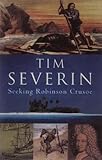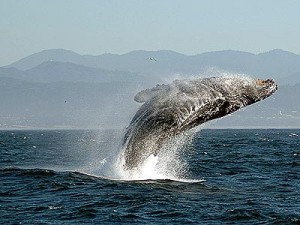 Dr. Mercola is the founder of the world’s most visited natural health web site,www.Mercola.com. You can learn the hazardous side effects of ‘over the counter’ remedies by getting a FREE copy of his latest special report The Dangers of Over the Counter Remedies by going to his Report Page.
Dr. Mercola is the founder of the world’s most visited natural health web site,www.Mercola.com. You can learn the hazardous side effects of ‘over the counter’ remedies by getting a FREE copy of his latest special report The Dangers of Over the Counter Remedies by going to his Report Page.Cholesterol could easily be described as the smoking gun of the last two decades.
It”s been responsible for demonizing entire categories of foods (like eggs and saturated fats) and blamed for just about every case of heart disease in the last 20 years.
Yet when I first opened my medical practice in the mid 80s, cholesterol, and the fear that yours was too high was rarely talked about.
Somewhere along the way however, cholesterol became a household word — something that you must keep as low as possible, or suffer the consequences.
You are probably aware that there are many myths that portray fat and cholesterol as one of the worst foods you can consume. Please understand that these myths are actually harming your health.
Not only is cholesterol most likely not going to destroy your health (as you have been led to believe), but it is also not the cause of heart disease.
And for those of you taking cholesterol-lowering drugs, the information that follows could not have been given to you fast enough. But before I delve into this life-changing information, let”s get some basics down first.
What is Cholesterol, and Why Do You Need It?
That”s right, you do need cholesterol.
This soft, waxy substance is found not only in your bloodstream, but also in every cell in your body, where it helps to produce cell membranes, hormones, vitamin D and bile acids that help you to digest fat. Cholesterol also helps in the formation of your memories and is vital for neurological function..
Continue reading The Cholesterol Myth that is Harming Your Health









